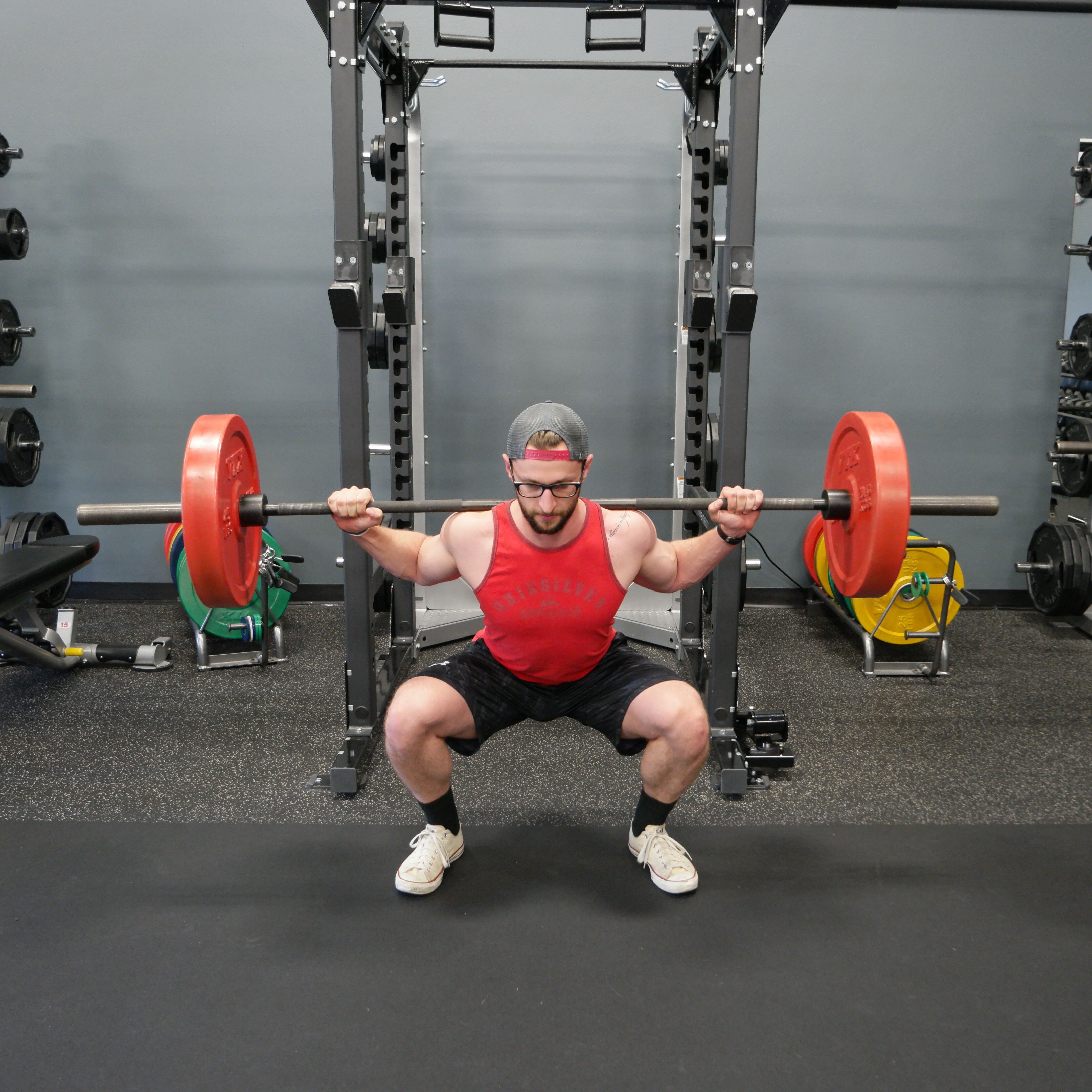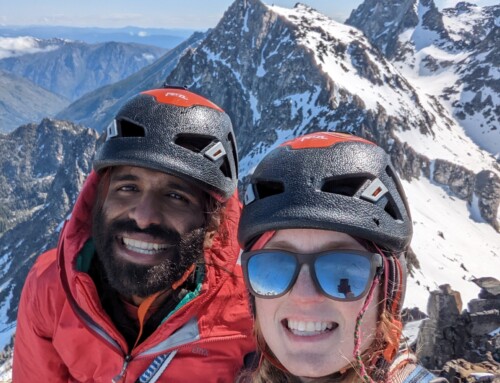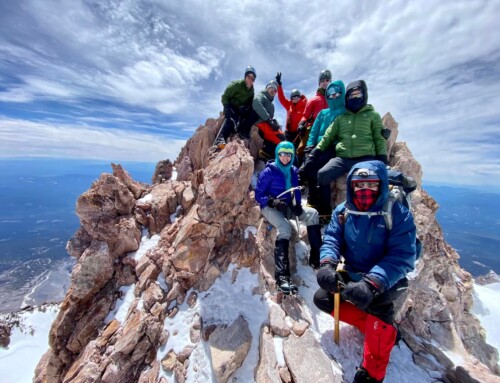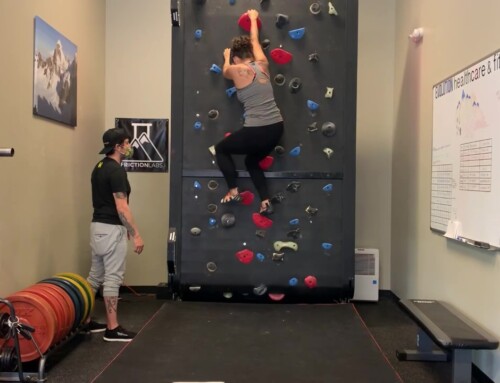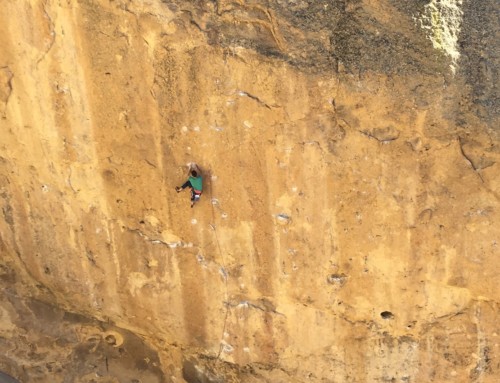Note: This post on strength training was originally written for Outdoor Project. It has been modified slightly to meet Word Press standards.
This piece was written by David Skolnik, PT, DPT, CSCS. Scroll to the bottom to learn more about David and follow along on his adventures!
It is a disgrace to grow old through sheer carelessness before seeing what manner of person you may become by developing your bodily strength and beauty to their highest limit.
– Socrates
How many times have you heard, or thought, something like this about strength training?
- “I don’t want to lift because I don’t want to get too bulky.”
- “If I lift weights, I am going to end up looking like a body builder, and I don’t want that.”
- “Going to the gym isn’t going to help me to be better at (insert outdoor activity here), I just need to spend more time outside.”
If you haven’t had these thoughts yourself, it’s likely you’ve heard them from others in your group of friends. The stereotypes that anyone who lifts weights will end up getting too bulky, looking like a body builder, or turn into an intolerable “gym bro” are alive and well, despite copious amounts of evidence to the contrary.
Strength is defined as the ability to exert force upon another object. Yes, strength training will make you bigger, but only in a good way. When training for strength, your muscles do get bigger (this is called hypertrophy). In fact the number of muscle fibers you have will increase (this is called hyperplasia). The key is that, as your muscles are getting bigger and stronger, your overall body composition will also change. A higher percentage of fat-free mass (muscle) means that your resting metabolism (basal metabolic rate) will increase. As you sit and read this article, you are burning calories at a certain rate. If you have more muscle and less fat, you are burning more calories sitting here RIGHT NOW!! So as your muscles get bigger, your fat mass gets smaller.
Consider this important point. You can selectively train to increase muscle strength or for increased muscle size. To train the muscle fibers that are primarily responsible for strength, the literature indicates working in the range of only one to six or eight repetitions. If you were to decide you wanted to preferentially increase the size of your muscles as opposed to focusing on strength, you would work in the eight to twelve repetitions range for maximal muscle hypertrophy gains. Muscle endurance increases occur when you repeat a resistance activity more than 12 times, with no real upper limit. Knowing how to train directly influences the results. Don’t want to “get swole,” keep the reps low.
Let’s break this down with a real world example. Picture someone who runs once or twice a week for fitness. They decided to run their first sanctioned trail 10k. The race is three months out. Obviously they need to run. You don’t get better at running if you don’t run; it’s as simple as that. So they find a plan and start running one or two more days per week and progressively increase the distance each week. Most people figure this out, but get lost when they decide to go to the gym.
The thought process I hear the most is, “I am training for an endurance event (yes a 10k is an endurance event), so I’ll do light weight for lots of repetitions.” Simply running is a resistance training activity with high reps and low weight. The resistance is gravity, and the weight is your body. Those three to four days of running per week are weight training focused on building muscular endurance. In the gym (with access to lots of heavy things you can’t find outside), they should be doing strength training, NOT training for endurance. Strength comes into play any time you have to change speeds, climb up a hill, descend down a hill, jump over unexpected tree roots or rocks, and carry hydration, food, and other equipment. This is trained by picking up some heavy weights and moving them 4 to 8 times in a few sets of the big compound movements. Target multi joint muscles that you rely on while running. Once or twice a week is enough, easily fitting into a training routine. There are countless other exercise concepts, variations, and methodologies we could get into, but that can wait. Let’s start with a few of the basic strength training exercises we should all be doing. We don’t dive deeply into technique here because that should to be instructed in person with a qualified professional.

Child Squat
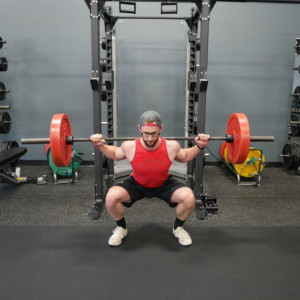
Squat Bottom Position
Squatting is one of the most basic human functions. We’re all born with the ability to perform a perfect squat. But as we age, work, sit, and drive, our muscles tighten up and we lose our flexibility and range of motion.
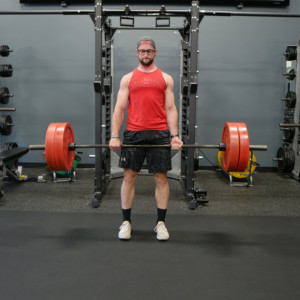
Deadlift Finish Position
Deadlifting is essentially the movement you should be performing whenever you pick something heavy up off the floor. Deadlifting is often either not done or not done properly. It trains all the muscles in the “posterior chain,” all the muscles that are recruited during most athletic movements.
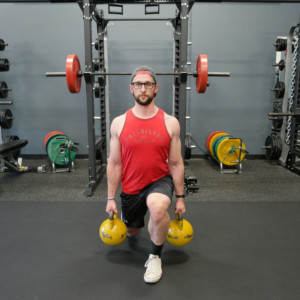
Lunge Bottom Position
Lunging is a great exercise to strengthen the muscles of the legs in two different directions as you lunge down and again as you move back up to the starting position. It takes a lot of small stabilizer muscles to maintain good form, and they are all recruited regularly in life as well. After perfecting a traditional lunge, there are a lot of variations to add complexity, such as the lateral lunge.
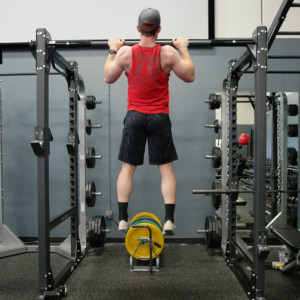
Pull Up Upper Position
Simple pull-ups recruit a large number of different muscles, turning them into strong, hungry, fat burning machines. Don’t neglect the upper body, and work a pull-up into your routine.
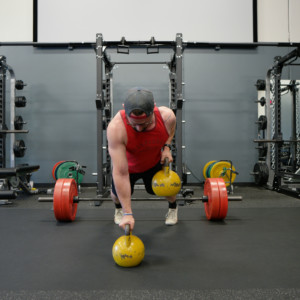
Renegade Row
Finally, the renegade row is an exercise that will not only build strength in the back muscles but also challenge your core stability. Performing this exercise without rotating the hips from side to side is challenging and beneficial to your overall core strength.
So whether you have plans to summit a mountain, attempt your first trail run, or simply make that backpacking load feel more manageable on your next overnight trip, strength training will help. When you are in the gym or training for your next outdoor adventure, there are a few key things to remember:
- Lift for strength by moving heavy weights for lower repetitions. If you are reading this, you are likely someone who is frequently getting outside in the wonders of our planet and your endurance muscles are in great shape! Help those endurance muscles out by building some strength!
- Don’t let unfounded fears and age old stereotypes dissuade you from becoming a better athlete. We are all athletes by the way, all of us. By training smart you can get stronger without packing on unwanted pounds. Enjoy the muscle development, it is the fruit of your labor. Know the fat loss is happening even though you won’t see it as quickly as you will see the muscle growth.
- Make sure you are using proper technique. Go with a friend with weightlifting experience or get a couple of hours with a personal trainer. These are dynamic exercises, and doing them improperly can be counterproductive to your goals.
- Remember what Socrates said, he was a smart dude!
ABOUT THE AUTHOR: David Skolnik is a Certified Strength and Conditioning Specialist. His degree is in Exercise Science and he has a Doctorate in Physical Therapy. David spent the last 10 years studying, testing, applying and educating people from all walks of life. He specializes in scientific principles behind strength training and how to apply them to their own lives and interests. His likes trail running relays, collegiate level track and field, weekend hikes, competitive powerlifting, and more. You can find him at Evolution Healthcare & Fitness doing small group fitness classes, individual personal training, or preparing himself for his next power lifting competition.
Follow along on David’s adventures on Facebook and Instagram!

